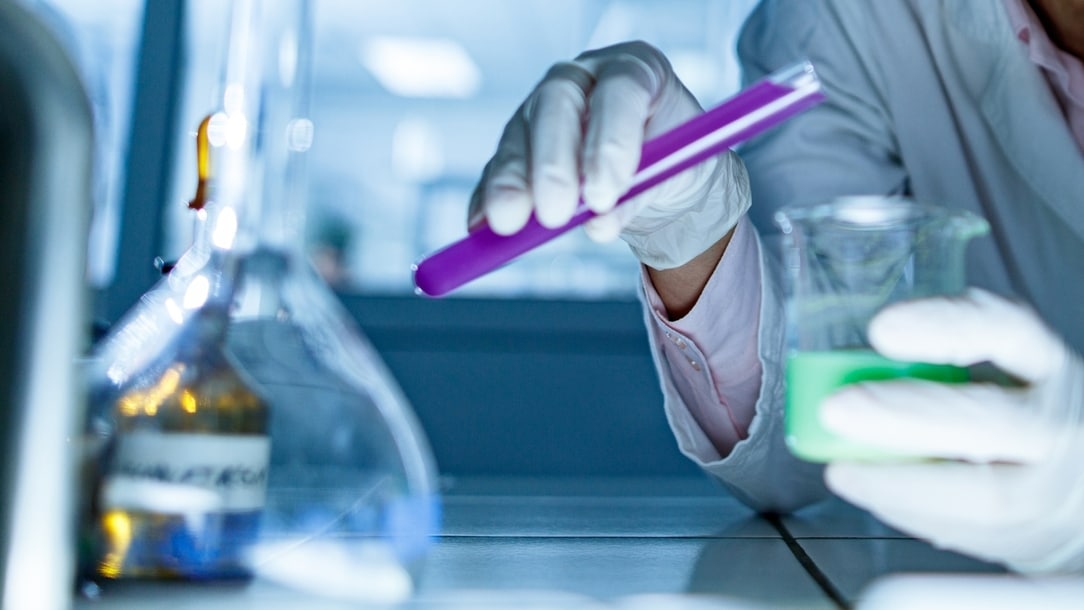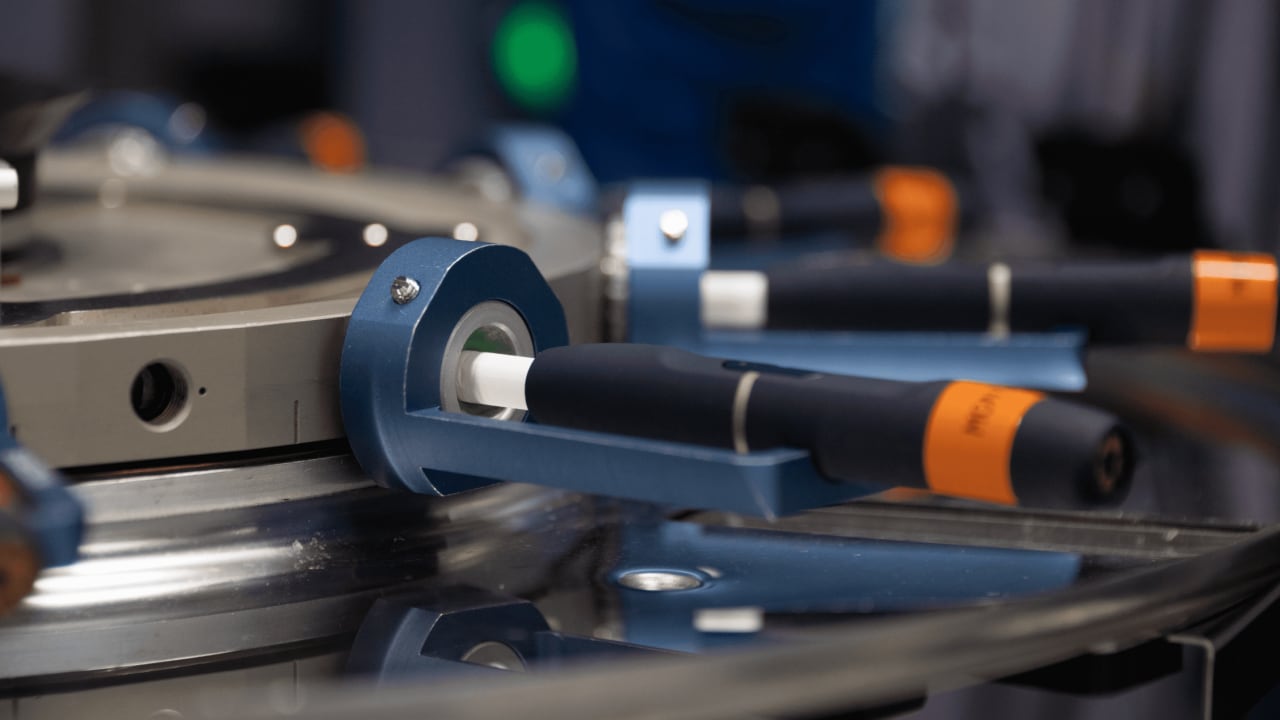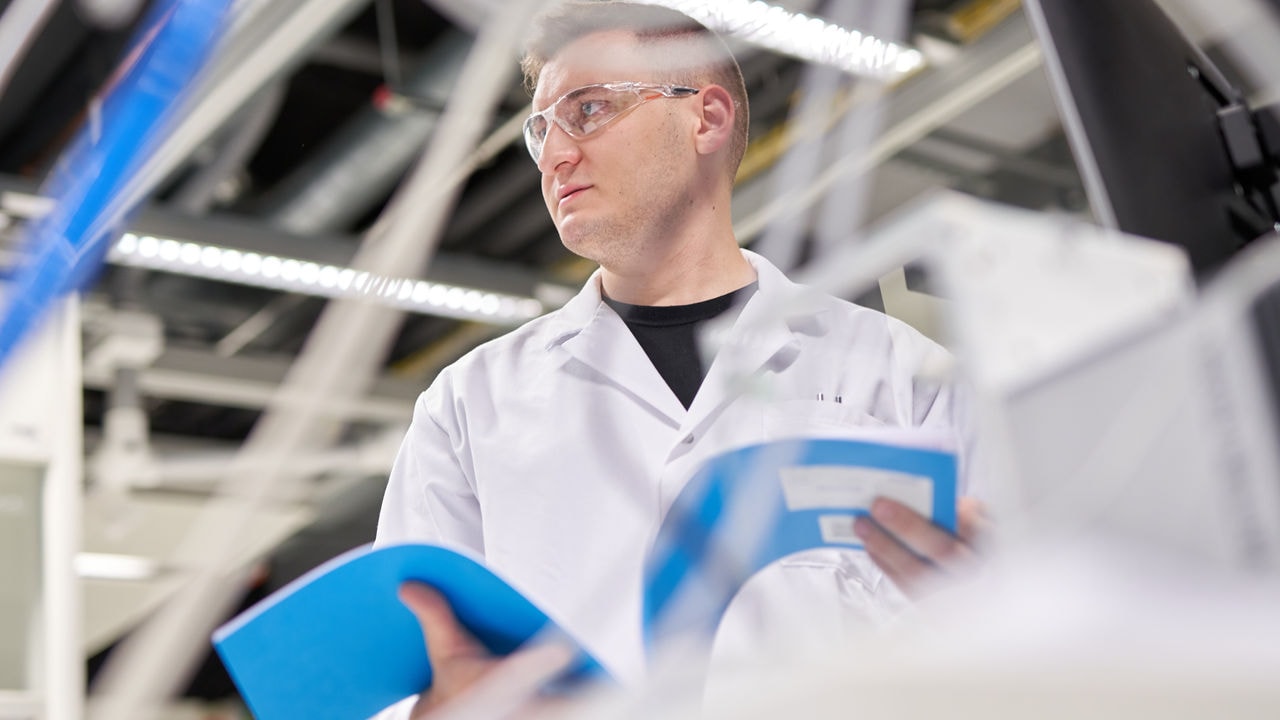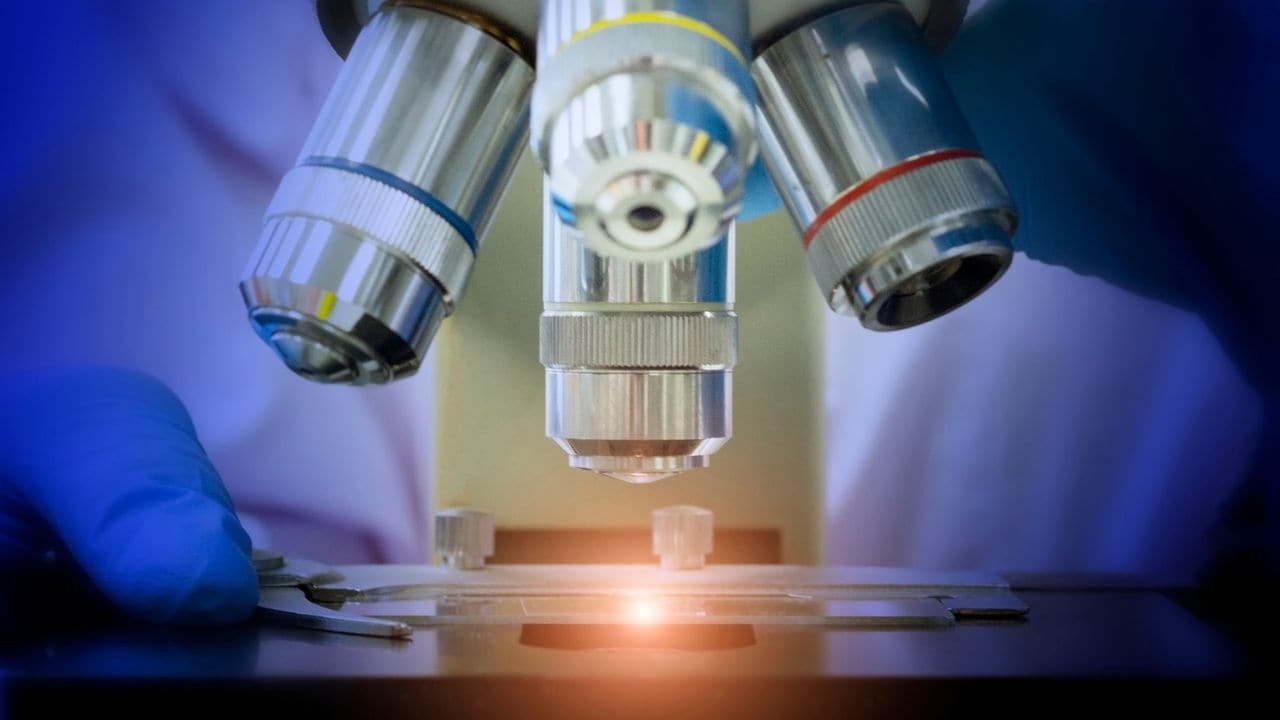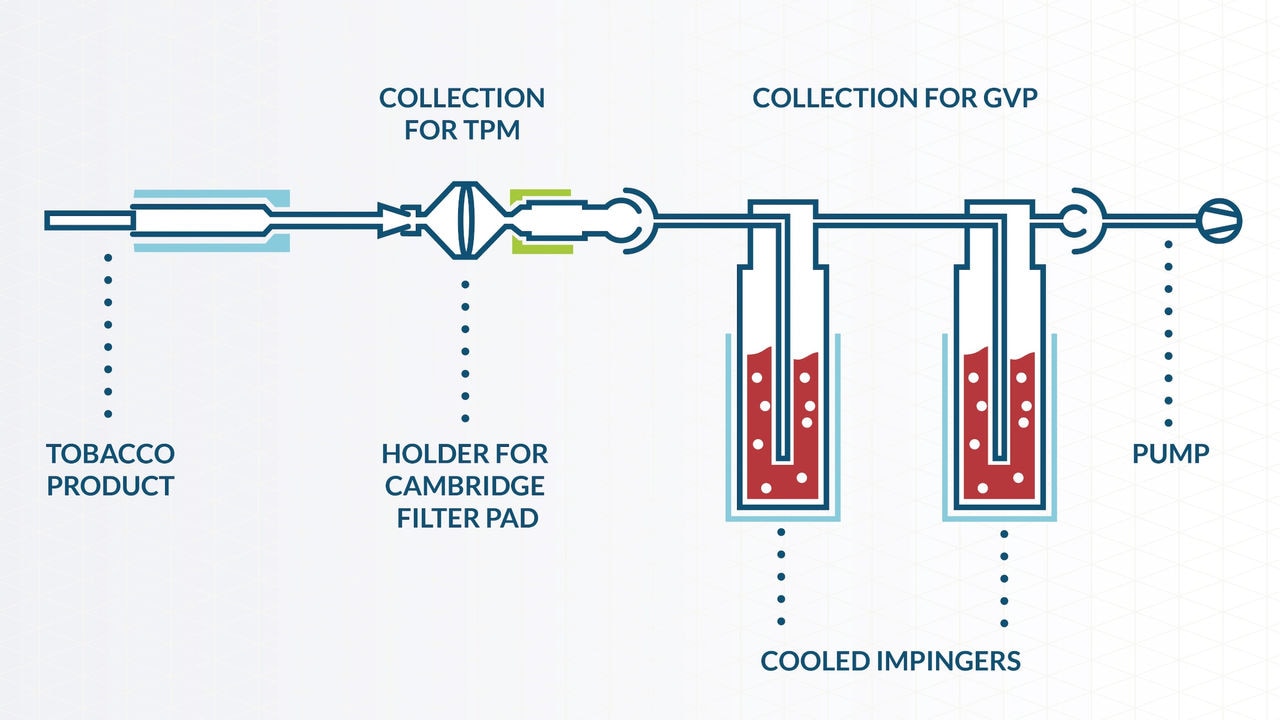Methods for generating and testing aerosol from THS
Cigarette smoke is produced when the tobacco in a cigarette burns at temperatures in excess of 600 °C. At such high temperatures, the tobacco is burned to ash and generates smoke that contains thousands of chemicals, including high levels of harmful and potentially harmful constituents (HPHCs) many of which have been recognized by public health authorities to be the most likely causes of smoking-related diseases.
The Tobacco Heating System (THS, commercialized as IQOS), on the other hand, heats tobacco without burning it to generate a nicotine-containing aerosol with significantly lower levels of HPHCs. It is an electronic device, and it generates an aerosol that is fundamentally different from cigarette smoke. For example, the aerosol of the THS contains about 80% water, whereas cigarette smoke contains only about 10% water. Because of these facts, some of the standard methods used to assess cigarettes cannot be applied and do not produce accurate measurements of certain aerosol constituents without modification. We provide the full methodology, including a detailed description of these modifications and step-by-step instructions for collecting the aerosol of THS using a commercial linear smoking machine.
You can find methods and protocols related to our assessment of THS aerosol in our publications library by filtering for "methods and protocols." A summary of the technologies that we use to analyze THS aerosol is shown below:

